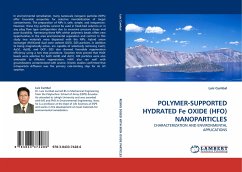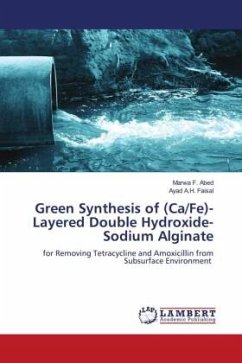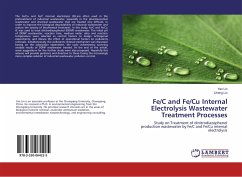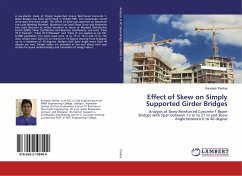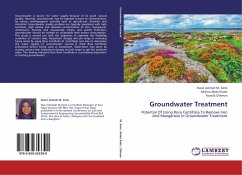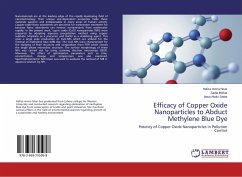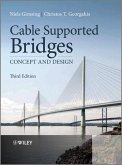In environmental remediation, many nanoscale inorganic particles (NIPs) offer favorable properties for selective immobilization of target contaminants. The preparation of NIPs is safe, simple, and inexpensive. However, these tiny particles cannot be used in fixed-bed columns or in any plug flow type configuration due to excessive pressure drops and poor durability. Harnessing these NIPs within polymeric beads offers new opportunities in the area environmental separation and control. In this study two materials were dispersed with the NIPs: hybrid anion exchanger (HAIX)and dual zone sorbent (DZS). DZS particles, in addition to being magnetically active, are capable of selectively removing Cu(II), As(V), As(III), and DCP. DZS also showed favorable regeneration efficiency using a two step procedure. Sorption tests proved that HAIX beads were selective for both As(III) and As(V). HIX particles were also amenable to efficient regeneration. HAIX also ran well with groundwaters contaminated with arsenic. Kinetic studies confirmed that intraparticle diffusion was the primary rate-limiting step for As (V) sorption.
Bitte wählen Sie Ihr Anliegen aus.
Rechnungen
Retourenschein anfordern
Bestellstatus
Storno

